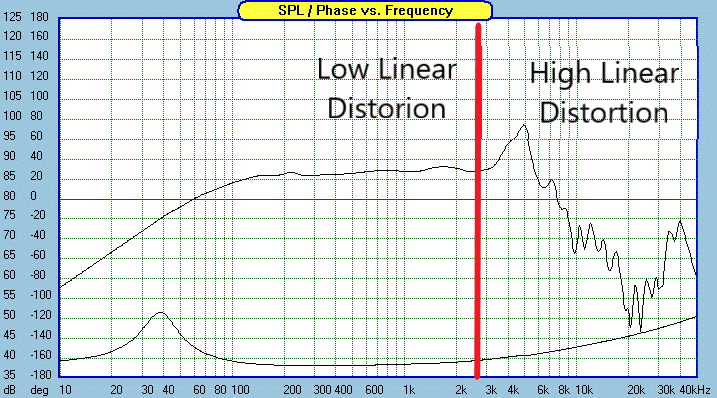Front vs rear ports - Does it matter?
We get asked a lot of questions about moving ports from the rear of the cabinet to the front. Usually this is because someone wants to place the speaker closer to the wall and the common opinion in audio circles is that front ported speakers won't see as much increase in the bass or will be less boomy when you have to do this. We have told customers for a long time that it doesn't really matter but we set out to prove it by building two of the same speakers, one with front and one with rear ports. If you'd rather watch the video discussion on this, you can view it on YouTube.
How does a Ported speaker Work?
Ports in a speaker work as a form of a Helmholtz resonator. Helmholtz resonance was discovered by and named after the German physicist Hermann von Helmholtz, who found that a rigid body filled with air could resonate at a set frequency as air is forced in and out of the cavity. Think about blowing across a bottle opening and the sound you can make. With a speaker, the opening of the port is tuned based on the volume of the "air slug" inside it in relation to the internal volume of the cabinet. The back wave of the speaker creates pressure on the inside opening to vibrate the air slug and the port outputs a sound. We tune the ports to the low end of the frequency band, where the speaker itself starts to loose output, to extend the usable bandwidth of the driver/speaker.
Does it matter where a port is Placed?
A port works the same regardless of where it is located. However, moving a port closer to an internal boundary or toward one end in a long cabinet can shift the tuning frequency, typically lower. With that said, assuming you keep all internal boundaries the same distance and just move the ports to the front or back of the speaker, you will see no change in tuning or output.
What happens when You place speaker close to the wall?
No matter what kind of speaker you have - front ported, rear ported, sealed, or passive radiators - as you move the speaker closer to the wall you will get boundary reinforcement. This is because all free-standing speakers have to deal with baffle step. We have an article on baffle step and diffraction if you want to learn more about that topic. As you push the speaker closer to a boundary, you are impacting the region below the baffle step and will gain output at the low end.
Can front ported speakers be placed closer to a wall?
We built identical speakers with the exception that one had front ports and one had rear ports to test this. The enclosure was tuned to 32 Hz. We took measurements at the listening position about 13 ft away and directly on axis with the speakers starting at about 5 ft away. The speakers started with the front about 36" from the wall and were moved back in 3 steps until the back of the speaker was touching our 4" thick sound panel. This left 4" of space from the rear port to the wall. What we found is that the two speakers measured essentially identical in the region where the port operates when placed at the same distance from the wall.

And as you can see from the following images, pushing both speakers closer to the wall resulted in an increase in the low frequencies.


Caveats
If you plan to put the back of the cabinet fully against the wall, a rear ported speaker will have its port blocked and the speaker will function as a leaky sealed enclosure. I reality, this will actually reduce the low bass over a front ported speaker, so if anything the myth is backwards.














